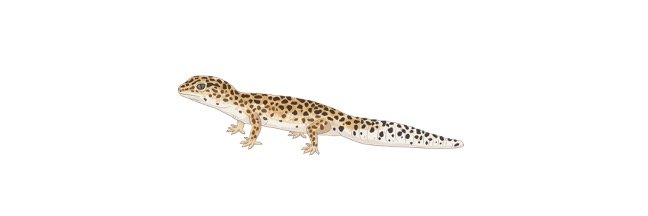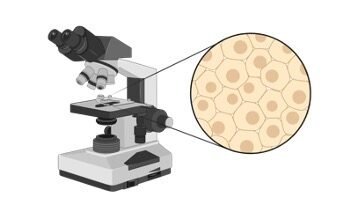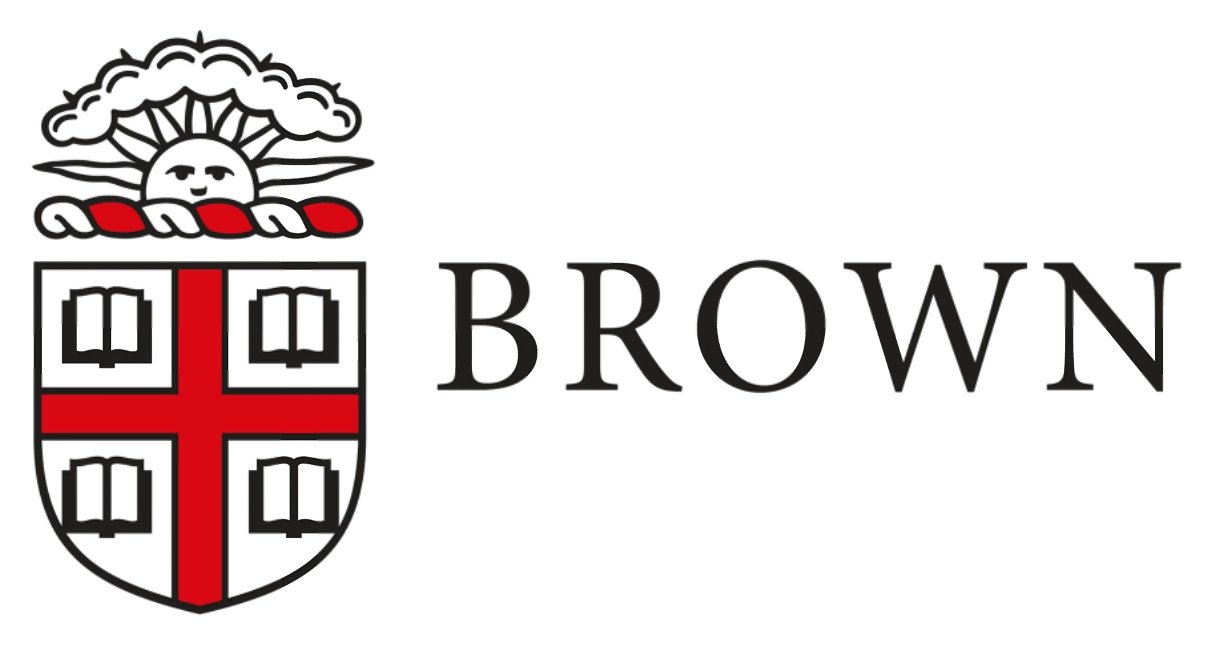Table of Contents
Fallow Deer
Fallow Deer is a herbivore mammals belong to the genus Dama and the order Artiodactyla. They are seen in herds on sparse forests and grasslands of Europe and the Middle East. They belong to the family Cervidae that comprise reindeer, elks, and deer, etc.
They have characteristic shovel-shaped large palmate antlers and usually have a brown coat color with white spots. A range of genetic variations can be observed in them and they have an extensive range.
So besides the common brown coloration, varieties including Melanistic, Menil, and Leucistic also do occur. These color variations are influenced by several genes and their interaction with the environment they live in.
Fallow Deer Description
Males in early summer will start developing their antlers. Only 2 spikes can be observed in young bucks, that grow to become palmate antlers in a period of about 4 years. The antlers are significant to males, the males that possess the largest antler can defend their breeding territory or lek.
During rut that is a particular season in the fall, males attract females by defending a territory and this can earn them a chance to mate. After this season males shed their antlers that may be collected by mount creators in places where it is not prohibited.
They have an intriguing evolutionary history influenced by human history. They have been poached for sport and food from 500,000 years before in Paleolithic times, through the Roman Empire, and even today.
They have been introduced in many countries like South America, Australia, North America, and Africa. It may compete with the local native species in the regions they may have been introduced to.
Interesting Insights from the Fallow Deer!
They comprise a part of human history and demonstrate some important biological processes or concepts.
“The Rut” – A Timing Strategy
A rut specifies the timing in herd animals that have a mating cycle during which breeding season occurs. In the case of fallow deer and other related deer species, this starts in fall, following which the females gestate over in winter and give birth in spring.
The young will have much to feed on during the spring season. For the starting few months they feed on the milk of their mother, then with developing rumination, they acquire the ability to digest complex fibers of the plant.
They will then start to ingest huge quantities of leafy greens to grow in size. Females get sexually mature faster than males at 16 months, while males only mature by age of 4. The estrous cycle of the female is what drives the rut as they only come into estrous once every year.
This also means males get only limited opportunities and thus it tries to impregnate as many females as possible to increase the reproduction rate. Fallow deer bucks employ different kinds of strategies for attracting males, based on the population size and the local environment.
Fallow Deer Distribution
The population of fallow deer is distributed throughout the world and shows variations in these distinct populations. The ancestral population might have been brown. They were poached for food by humans for many thousands of years.
The red may have later evolved and expanded in Greece. These deers were brought to Europe where they evolved into the purple population that denotes Roman expansion. The teal population might be the modern form of fallow dear that might have emerged around the 1900s.
It has since then spread due to imports to South America, New Zealand, North America, Australia, and South Africa. They were originally native to Europe and the Middle East, and from there have been introduced to 4 other continents.
They are farmed often on ranches in places like Argentina and Texas. Their hunts may be sold to rich gun-owners, though there has been a decline in their hunting. Introduces species like these need to be monitored so they don’t impact the ecosystem functioning and destroy native species.
Fallow Deer and Polygyny
These fallow deer also exhibit polygyny like other cervids. They form groups of females heeded by 1 male. Whereas in polyandry, a group of many males is regulated by a single female as in fishes.
Polygynous groups have different rules and behaviors depending on species density, local behavior, and environment. Fallow deer exhibit 2 types of polygyny practices are Lekking and harem. In harem groups, the males stay with the group as they wander.
They tend to keep the females herded and will guard against entry or access of other males. In lekking, males defend the home range where the female is known as a lek. Only he can copulate with the female in his territory.
The local environment plays a key role which helps the male fallow deer decide on the polygyny practice it wants to engage in. If the environment is resource-scarce then the male forms harems so he may protect the female while they are foraging for food.
If the environment has abundant resources then the males will establish their territories where females hang out more. Defending territories is an energy-intensive process that can cause the deer to lose up to 17% of their weight during the rut season.
Fallow Deer Citations
- Molecular identification of two Sarcocystis species in fallow deer (Dama dama) from Lithuania. Parasitol Int . 2020 Apr;75:102044.
- Shiga toxin-producing Escherichia coli isolates from red deer (Cervus elaphus), roe deer (Capreolus capreolus) and fallow deer (Dama dama) in Poland. Food Microbiol . 2020 Apr;86:103352.
- Carcass and meat characteristics from farm-raised and wild fallow deer (Dama dama) and red deer (Cervus elaphus): A review. Meat Sci . 2018 Jul;141:9-27.
- Wild fallow deer (Dama dama) as definitive hosts of Fasciola hepatica (liver fluke) in alpine New South Wales. Aust Vet J . 2020 Nov;98(11):546-549.
Share












